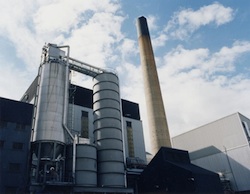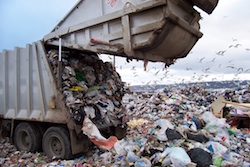 USDA’s National Institute of Food and Agriculture (NIFA) today announced two grants that will create educational opportunities in math and science for students interested in bioenergy and bio-based products.
USDA’s National Institute of Food and Agriculture (NIFA) today announced two grants that will create educational opportunities in math and science for students interested in bioenergy and bio-based products.
NIFA awarded Corinne Rutzke at Cornell University $4,999,940 to provide teachers from grades 8 through the undergraduate level with a strong footing in multi-disciplinary content and research-based training materials and activities linked to the Northeast’s projected feedstock systems. Information will be shared to help teachers prepare students for the various career options available in the bioenergy and bio-based products field. Rutzke will partner with researchers at the University of Maryland-Eastern Shore, Delaware State University, Pace Law School and Ohio State University.
Richard Amasino from the University of Wisconsin received $4,671,847 from NIFA to strengthen the regional K-16 education system, especially at underserved schools, by supporting teacher learning in matter, energy and ecosystem concepts. The project will also create opportunities for students to lead their own bio-energy research, focusing on a range of topics from sustainability to the chemistry of carbon cycles. Partner schools include College of the Menominee Nation and Michigan State University.
Both projects are funded for five years through NIFA’s Agriculture and Food Research Initiative (AFRI). AFRI’s sustainable bioenergy challenge area funds grants targeting the development of regional systems for the sustainable production of bioenergy and bio-based products that contribute significantly to reducing dependence on foreign oil, have net positive social, environmental and rural economic impacts and are compatible with existing agricultural systems.



 Ethanol industry campaigns targeting the general public and Congress have won top awards from Region II of the
Ethanol industry campaigns targeting the general public and Congress have won top awards from Region II of the 





 In response to recent comments by senators about the legality of the ethanol tariff, RFA Legislative Counsel Ed Hubbard authored an explanation on
In response to recent comments by senators about the legality of the ethanol tariff, RFA Legislative Counsel Ed Hubbard authored an explanation on